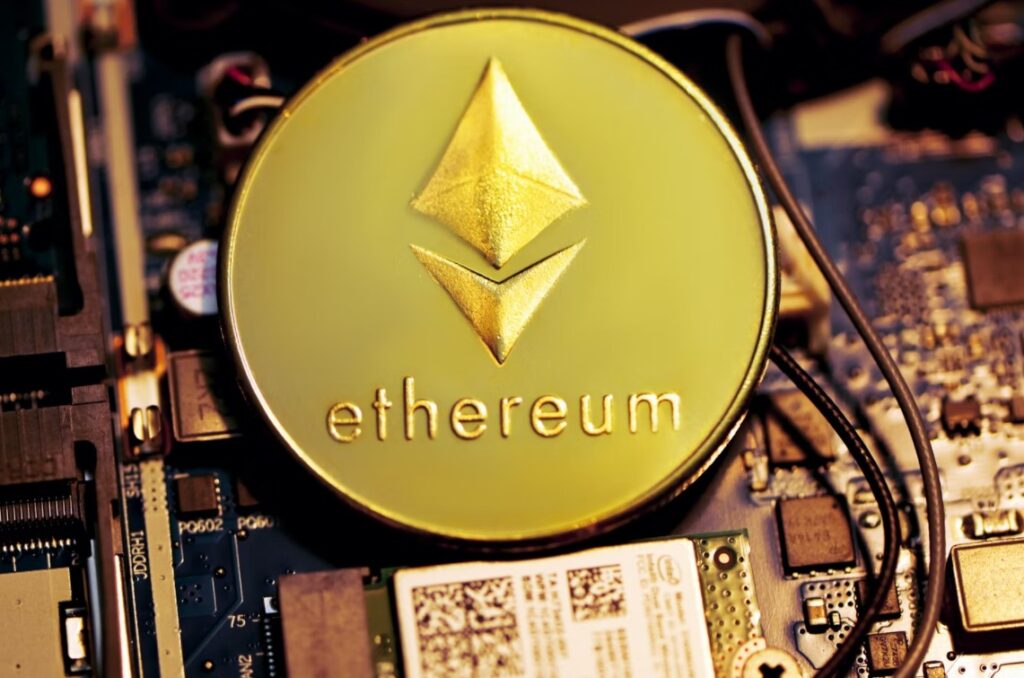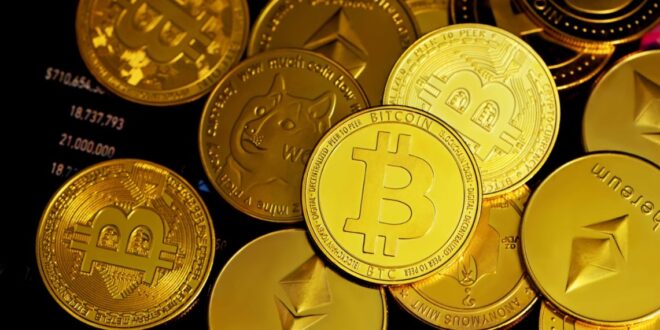Acknowledging the investment world may be challenging, mainly when there are so many different asset classes, fund structures, and tax-advantaged vehicles to choose from, when you add in previously inconceivable scenarios like a worldwide epidemic and negative interest rates, the complexity skyrockets.
It does not end there, though. Mobile payment apps, peer-to-peer financing platforms, Robo-advisors, and blockchain-based databases are transforming the way we do business, manage monetary operations, and invest. Also, visit this site to create a free crypto account by tapping on it.
The focus of this essay is on blockchain-based databases. You are particularly interested in non-fungible tokens and undoubtedly scratching your head at this point. What is a non-fungible token, exactly?
Non-Fungible Tokens: What Are They?
Blockchain technology is used to create and store NFTs, digital representations of assets. Each NFT is identified by a unique code that distinguishes it from other NFTs and prevents replication. Each NFT is also extendable, allowing it to be coupled with another to create a third, unique NFT.
Were You Aware Of This?

Most NFTs are now part of the Ethereum blockchain, which underpins the Ethereum cryptocurrency. Since their recognition codes include additional details, such as metadata that characterizes the digitized item, NFTs differ from cryptocurrency.
Anything converted into a digital format can be made into an NFT. The collection and selling of digital art and sports memorabilia have gained much traction in the space. Still, any static image, video clip, sound, or text may be digitized and possibly monetized.
While the notion of a tweet may appear insignificant, NFTs have significant business ramifications. They were used to simplify complicated equity participation and real estate deals, and they are now changing how buyers and sellers engage across the marketplace. Below, we go a little deeper into these concepts and consider the advantages and disadvantages of NFTs.
The Pros Of Non-fungible Tokens
1. NFTs, Help To Improve Market Efficiency

The most evident advantage of NFTs is their ability to improve market efficiency. Converting a physical item to a digital asset can speed up procedures, reduce intermediaries, improve supply chains, and increase security.
A prime example is currently playing out in many corners of the art world. Artists are becoming able to engage directly with their audiences thanks to NFTs, removing the need for expensive agents and time-consuming transactions. Furthermore, artwork digitization improves the verification process, streamlines transactions, and lowers costs.
NFTs, on the other hand, have uses outside of markets. They may ultimately become a viable tool for individuals and businesses to manage and regulate critical data and records.
Consider our usage of actual passports, which must be presented at each point of entry and exit. We might substantially simplify the process of controlling travel and identifying persons by transforming them into separate NFTs. In terms of both time and money, the savings might be enormous.
2. They Can Fractionalize Physical Asset Ownership
Fractionalizing ownership of specific assets, such as real estate, artwork, and expensive jewelry, is challenging today. A mechanical replica of a structure is considerably easier to divide among several owners than an actual one. The same can be said for a valuable piece of jewelry or a limited-edition bottle of wine.
The trade for certain assets can be considerably extended by digitalization, resulting in increased volatility and higher prices. It can improve the way economic portfolios are built individually, enabling a more diversified and more accurate location size.
3. NFTs’ Blockchain Technology Is Extremely Safe

NFTs are made with blockchain technology, which stores data that is hard to hack, change, or destroy. A blockchain is a decentralized digital record of transactions replicated and distributed throughout a peer-to-peer network of users.
All NFTs kept on the blockchain contain unique records of provenance and chain-of-ownership, preventing them from being mishandled or stolen in theory. Information can not be modified or removed after being added to the chain. This ensures that each NFT’s scarcity and authenticity are retained, generating a level of trust uncommon in many marketplaces.
4. NFTs Can Help Diversify Your Investment Portfolio
Traditional investments, such as equities and bonds, are not the same as NFTs. As previously stated, they possess unique characteristics and provide benefits that we are only starting to comprehend and appreciate. Ownership, however, is not without danger.
Consequently, by including NFTs into an investment portfolio, you may be able to increase its efficiency. Essentially, this entails establishing a better risk-to-reward ratio.
The Cons Of Non-Fungible Tokens
1. NFTs Are Volatile And Illiquid

The market for NFTs is not particularly liquid due to their immaturity. NFTs are not well-understood, and there are not many potential buyers or sellers. As a result, NFTs can be complicated to negotiate, particularly during times of stress. As a result, NFT prices can be pretty variable.
2. NFTs Do Not Bring In Any Money
NFTs, unlike dividend-paying equities, interest-bearing securities, and rent-generating real estate, do not provide income to their owners. The rewards on NFT assets, like those on antiques and other valuables, depend entirely on price growth; that’s not something you should bank on.
3. NFTs Have the Potential To Perpetuate Fraud

While a blockchain’s authenticity is unassailable, NFTs can be exploited to propagate fraud. Indeed, several artists have recently reported finding their work for sale as NFTs on online platforms without their permission.
This goes against using NFTs to simplify the selling of paintings. An NFT’s value proposition is that it uses a unique token to verify a physical work of art, ensuring that the person who owns the ticket also owns the genuine work of art.
There is a severe concern if someone develops a digital image of the original piece, attaches a token to it, and sells it on an internet marketplace. There is no reference to the original work here. The token has been related to impersonation.
4. NFTs Have The Potential To Harm The Environment
It takes a lot of computational power to build blockchain records, and there is a lot of talk about how bad the procedure is for the environment in the long run.
According to some projections, the carbon emissions related to mining cryptocurrencies and NFTs would exceed those associated with the entire city of London in the next few years if current trends continue.
As NFTs revolutionize global marketplaces, eliminating the need for travel and office space consumption, blockchain supporters say that an offsetting drop in pollution happens.
 Imagup General Magazine 2024
Imagup General Magazine 2024



